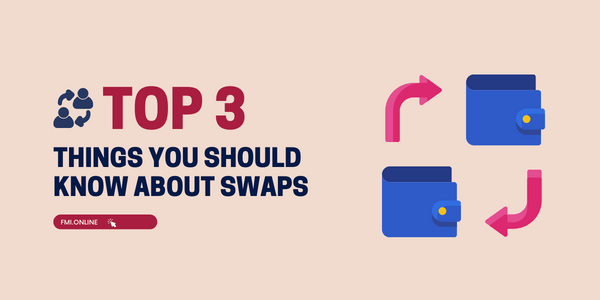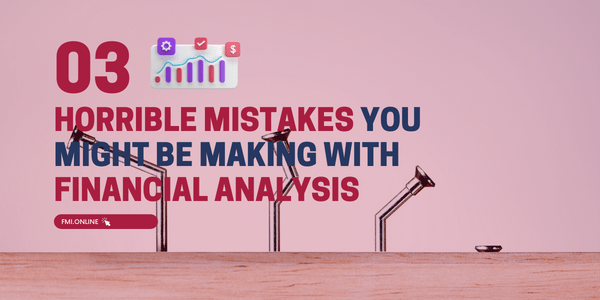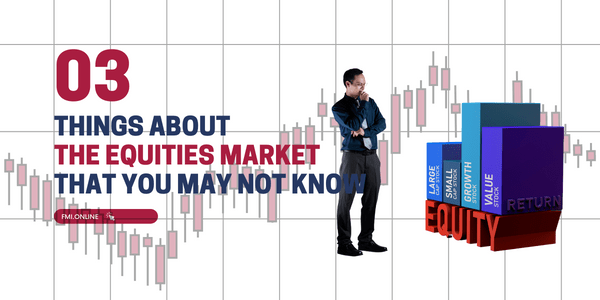The currency market is a platform where participants can come together to buy and sell various currencies. It is also known as the foreign exchange or forex market.
The currency market plays a pivotal role in international trade and resultantly, in the economy. However, not many people know about the currency market and how it operates. This article will present 10 facts about the currency market that your boss probably wishes you knew!
1. Currency exchange is an ancient concept
The concept of currency exchange has been in use for centuries. Some historians date it back to the time of the early human civilisations. The forex market, as we know it, was established much later. In 1973, when the gold standard for currencies was no longer used and free-floating currencies were introduced, the modern currency market was established.
2. Currencies are traded in pairs
Unlike the stock market where an investor can buy a single share, currencies must be traded in pairs. This simply means that to buy a currency, you must sell another one.
The exchange of the currencies happens at a preset or given rate. The currency pairs are written like this:
EUR/USD = 2
This means that 1 Euro will buy 2 US Dollars. Here Euro becomes the base currency as it appears first. USD becomes the counter currency or the quote currency.
3. Currency helps facilitate international trade
The currency market is crucial to facilitating international trade. Companies, banks, and governments in different countries use the forex market to trade.
For example, a British company has sold its products to an American company. The British company would expect the payment to be in GBP. So, the American company will have to start a foreign exchange of the currency through its bank. The U.S bank would transfer the amount to the British bank at the preset exchange rate. The American company’s account would be debited in USD. The British company’s account would be credited in GBP.
4. There are three major currency market players
In the currency market, there are three major players/participants: corporations, governments, and central banks.
Many corporations trade and enter the currency market to hedge their future international money transfers. For example, a Canadian company has a branch of its operations in the UK. The company will enter the forex market and lock in the exchange rate between CAD and GBP. This way when the company makes profits in the UK, the GBP will get converted into CAD at that preset rate. By locking in the exchange rate, the company has ensured that fluctuations in the rates do not hinder their earnings.
Governments and central banks of countries enter the currency market with the purpose of influencing the value of their currency. If a country’s currency decreases in value, more overseas investors would want to buy from that country. This is because they will be able to buy previously higher-priced goods/services at a lower price now.
For example, the current exchange rate between USD/AUD = 2. So 1 USD buys you 2 AUDs. Let’s say, Investor X wants to buy a piece of land in Australia and he is in the USA. If the land costs 300,000 AUD, X would have to pay $600,000. If the Australian government and central bank devalued the currency by 0.5, X would only have to pay $450,000 to buy that piece of land. By devaluing the currency, the government and central bank can attract and generate more interest in their goods and services. This increases their exports and foreign trade.
5. The ‘Cable’
Cable is a term used for the exchange rate between USD and GBP. The pair together are referred to as ‘Cable’. This term has come from telegraph cables that connected the London Stock Exchange and the NYSE. The cables ran under the Atlantic Ocean. They were the primary way of communication between the two stock exchanges.
6. Currency market is the biggest financial market
In 2020, the daily trading volume of the currency market crossed the $6 trillion mark! This makes the forex market the largest financial market in the world. Yes, it is a lot bigger than the stock market. The USD is the most traded currency in the market while the UK has the most traders.
7. There are a few main currency pairs
1 .EUR/USD: the Euro versus the U.S. Dollar
2. USD/JPY: the U.S. Dollar versus the Japanese Yen
3. GBP/USD: the Great British Pound versus the U.S. Dollar
4. USD/CHF: the U.S. Dollar versus the Swiss Franc
5. USD/CAD: the U.S. Dollar versus the Canadian Dollar
6. AUD/USD: the Australian Dollar versus the U.S. Dollar
These pairs are the most commonly traded. They make up most of the transactions in the currency market.
8. The currency market is operational 24 hours
Yes, you read that correctly. Unlike the stock market, the currency market is operational 24 hours a day, five days a week. It closes on Friday evening Eastern Standard Time every week and reopens on Sunday evening EST. Due to the time differences, it is divided into three trading regions namely North America, Europe, and Australasia.
9. Bears and bulls
The traders in the currency market can be divided into two main categories: the bears and the bulls. The concept is similar to the one used in the stock market with the same terms.
The bull forex traders are optimistic and believe that the market will likely go up. The bear forex traders have pessimistic sentiments and believe that the market will fall.
10. Currency market is highly efficient
The currency market is so vast that a single entity will likely not affect its working. At any given time, there is a large volume of trades occurring in and across multiple time zones. This ensures that there is a flow of information across the world. This makes the currency market highly efficient.
CONCLUSION
People usually don’t think about investing in the currency market because of a lack of knowledge. It requires a slightly advanced and in-depth learning and research compared to the stock market. To do so, you can check out this course by FMI on currencies and the currency market.












 60+ hours
60+ hours 9 courses
9 courses



